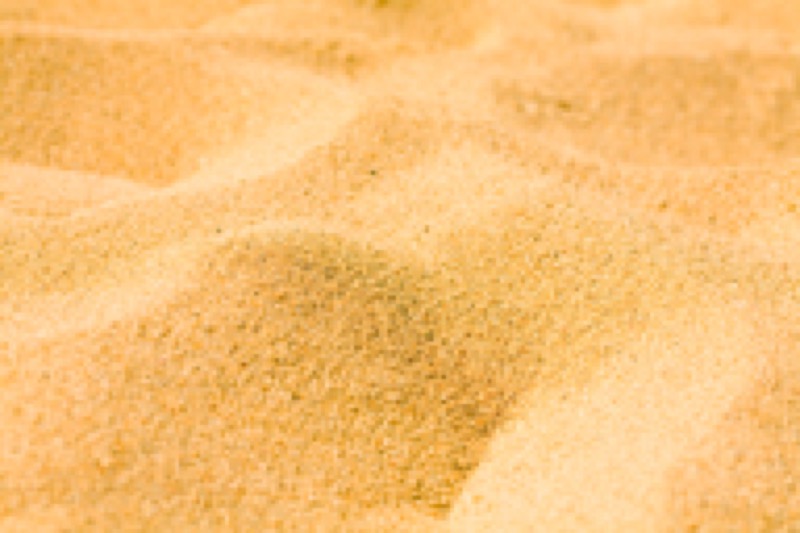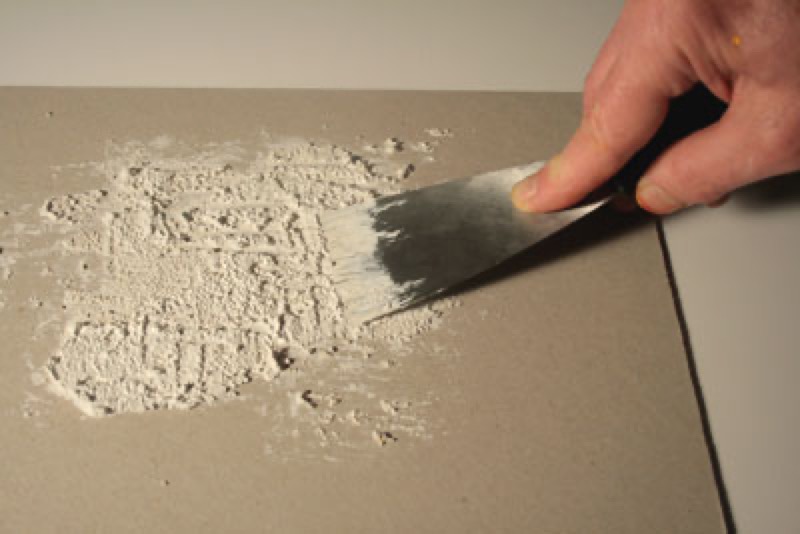Mix sand in your paint? Why not! This isn't some uninspired artist's hare-brained idea, it's a frequently used technique for creating a coarse, rather spectacular texture. What you need to know about mineral fillers.
What you need to know
- Fillers are substances added to paint. They do not change the color at all, but give it a grainy, slightly coarse, appearance.
- Fillers are very practical for suggesting an expanse of sand or the surface of a rock, for example.

1. What kind of filler should you choose?
You have a choice from ready-to-use to 100% handmade!
- Acrylic painting pastes: Acrylic paint and filler mixes are ideal for beginners, because they come ready-to-use. You have (almost) nothing to do!
- Crushed marble: This is one of the most used mineral powders. It is marketed in various degrees of coarseness. You can mix it by adding acrylic paint to the powder.
- Note: because the powder is very dense, you need a significant amount of paint.
- River sand: remember to collect some when walking along a stream! Wash and boil it to get rid of any organic residue. Mix it with the paint later.
Note: because sand contains various grain sizes and colors, it has a quite irregular texture.
Have fun! You can add… anything you want: wood shavings, newsprint, confetti, glitter, etc.

2. Travailler une charge
- Prenez un support ferme : un carton épais ou un châssis entoilé.
- Mélangez la charge avec de la peinture acrylique blanche en tube, à l’aide d’une spatule.
- Étalez la pâte obtenue sur le support, à l’aide de la spatule.
- Une fois la pâte sèche, peignez par-dessus avec des couleurs diluées pour conserver la texture originale. Utilisez un pinceau en soies de porc à la touffe un peu usée, qui peut contenir davantage de pigments.
Recommended product:
XL® Oil and Acrylic
